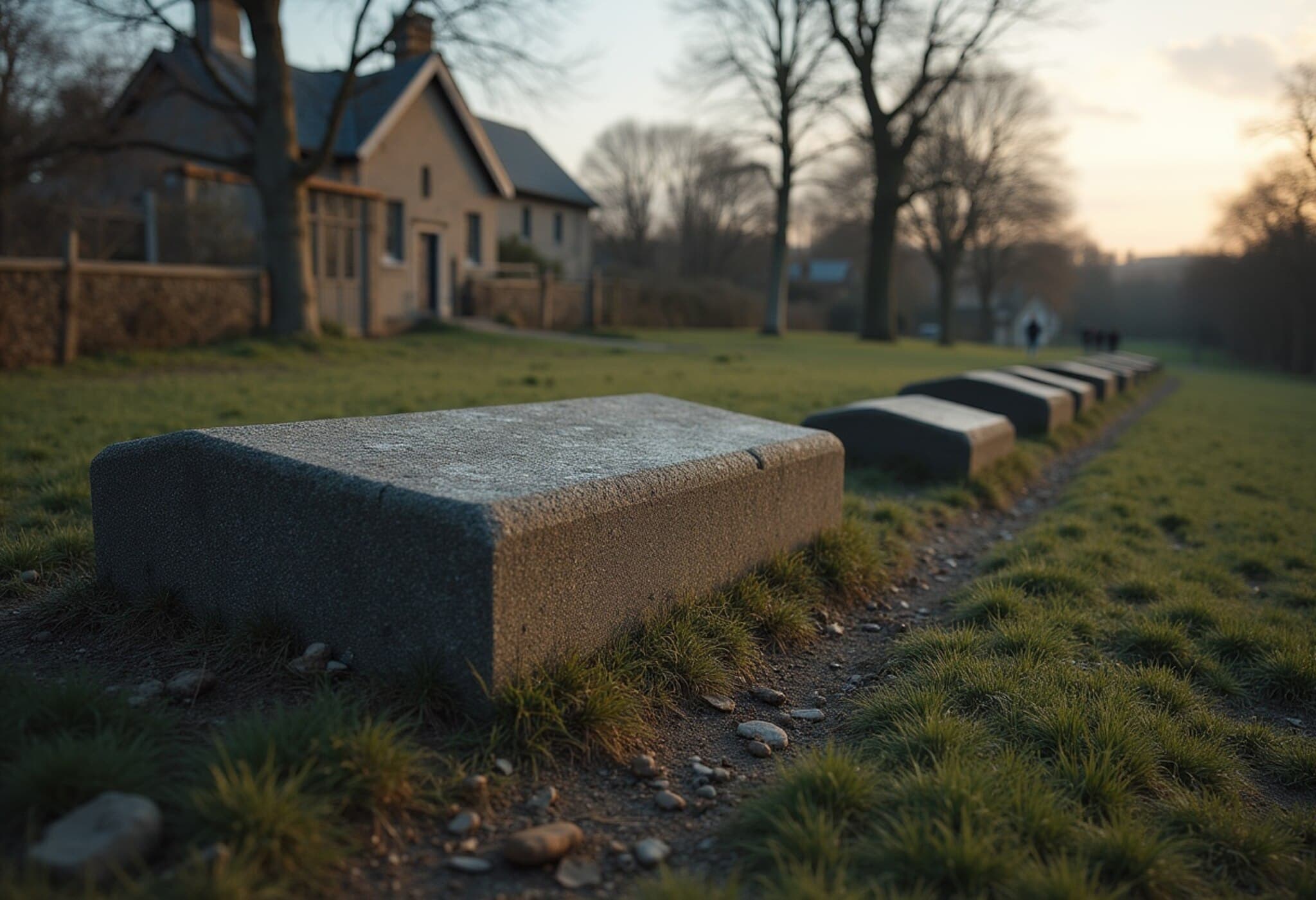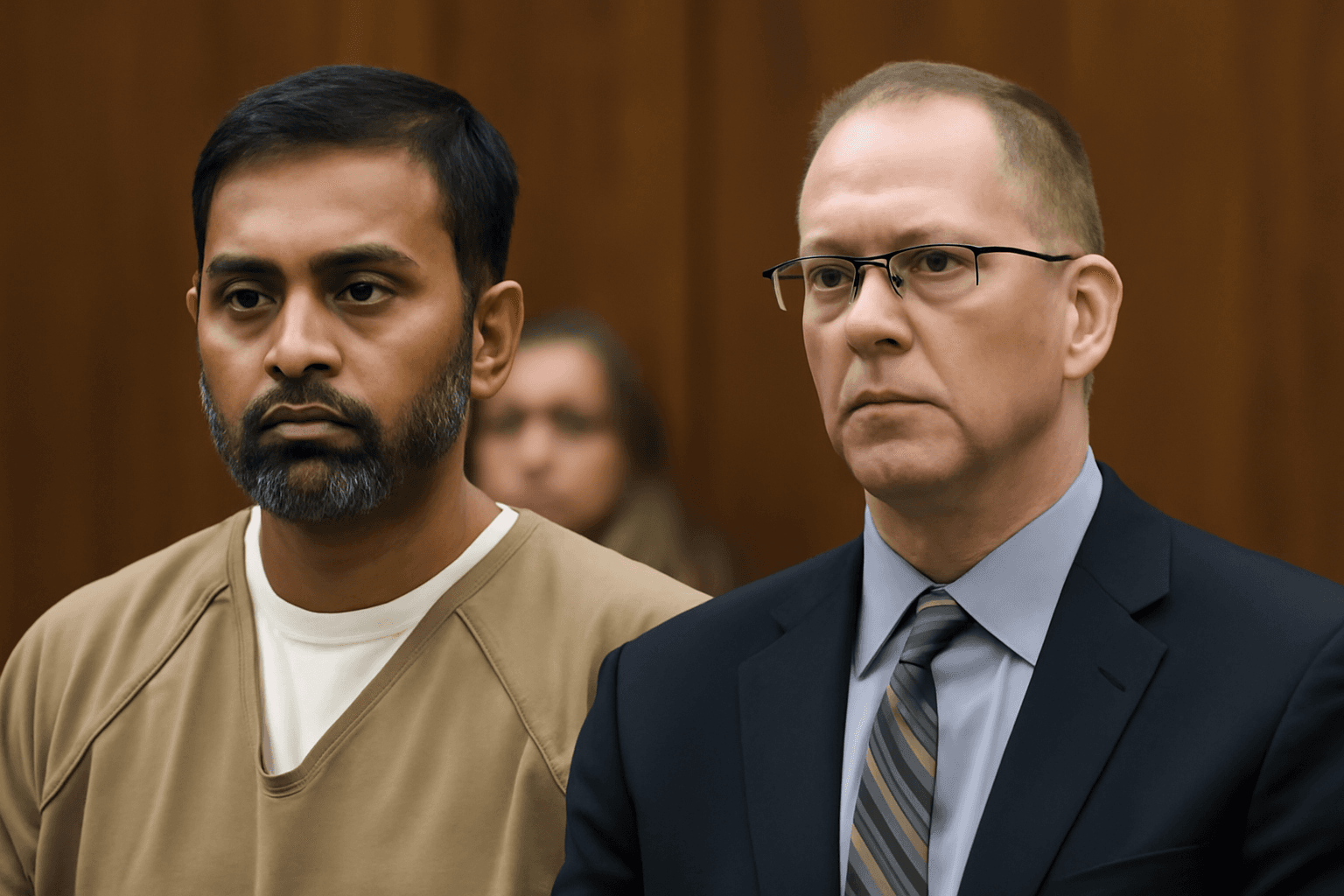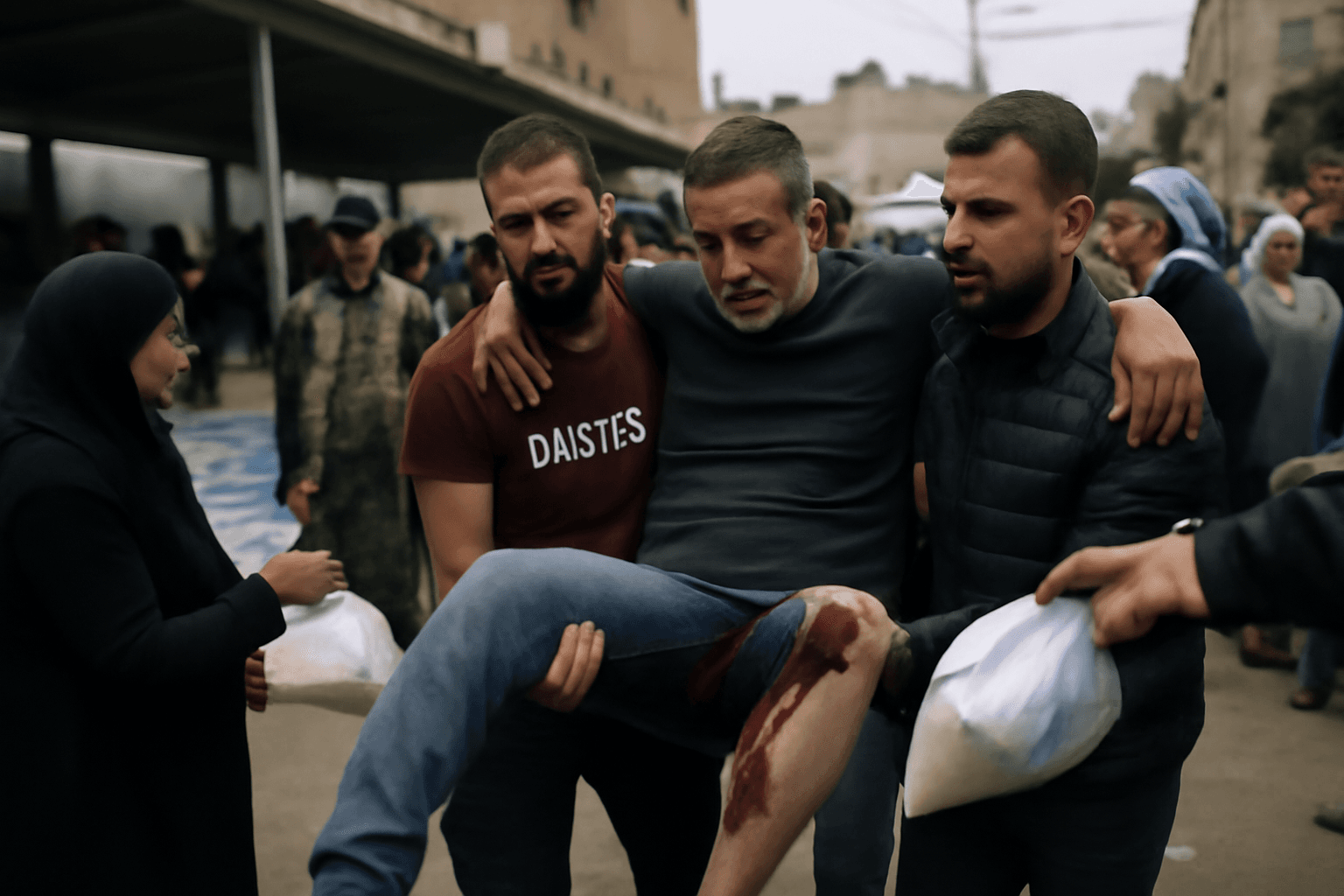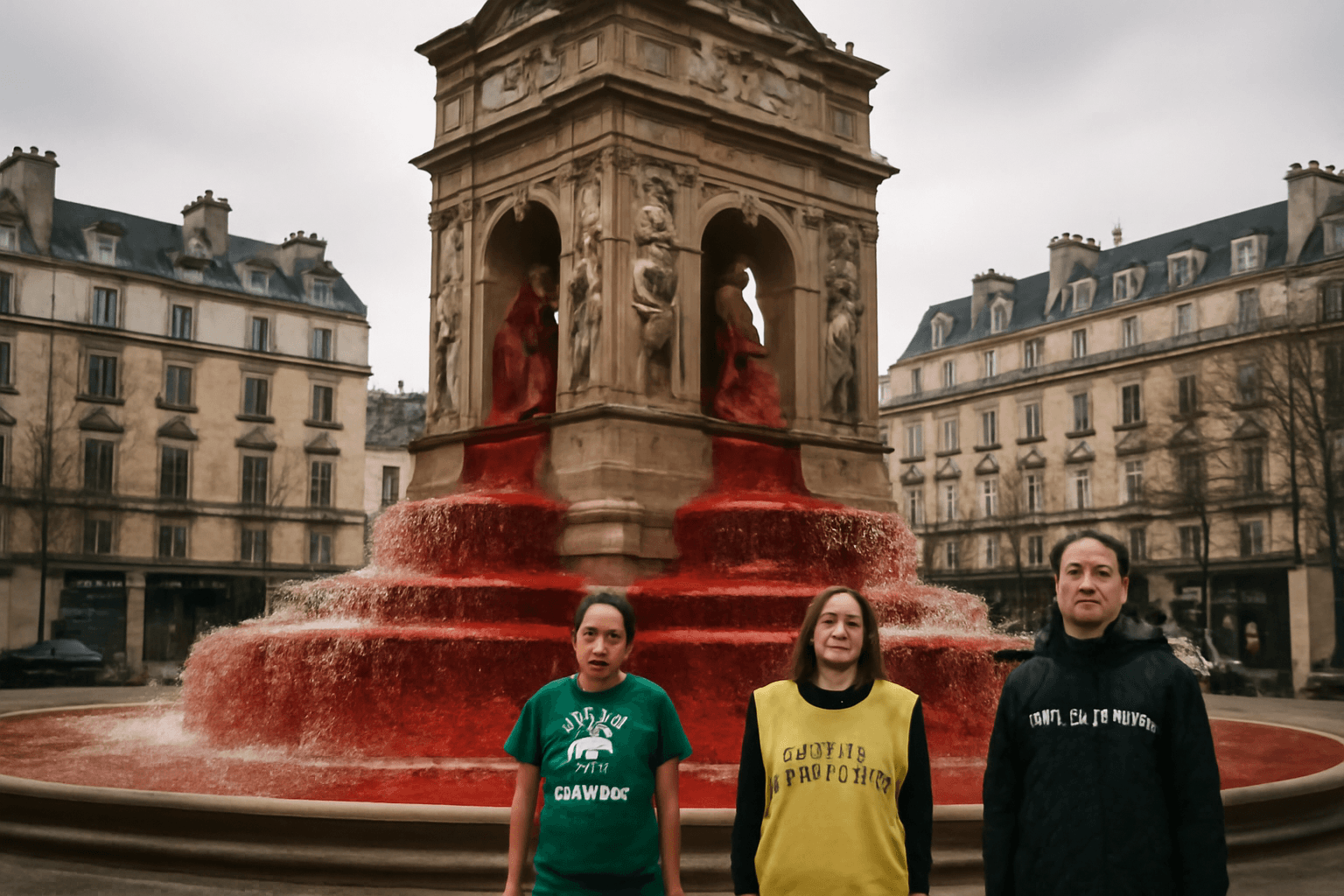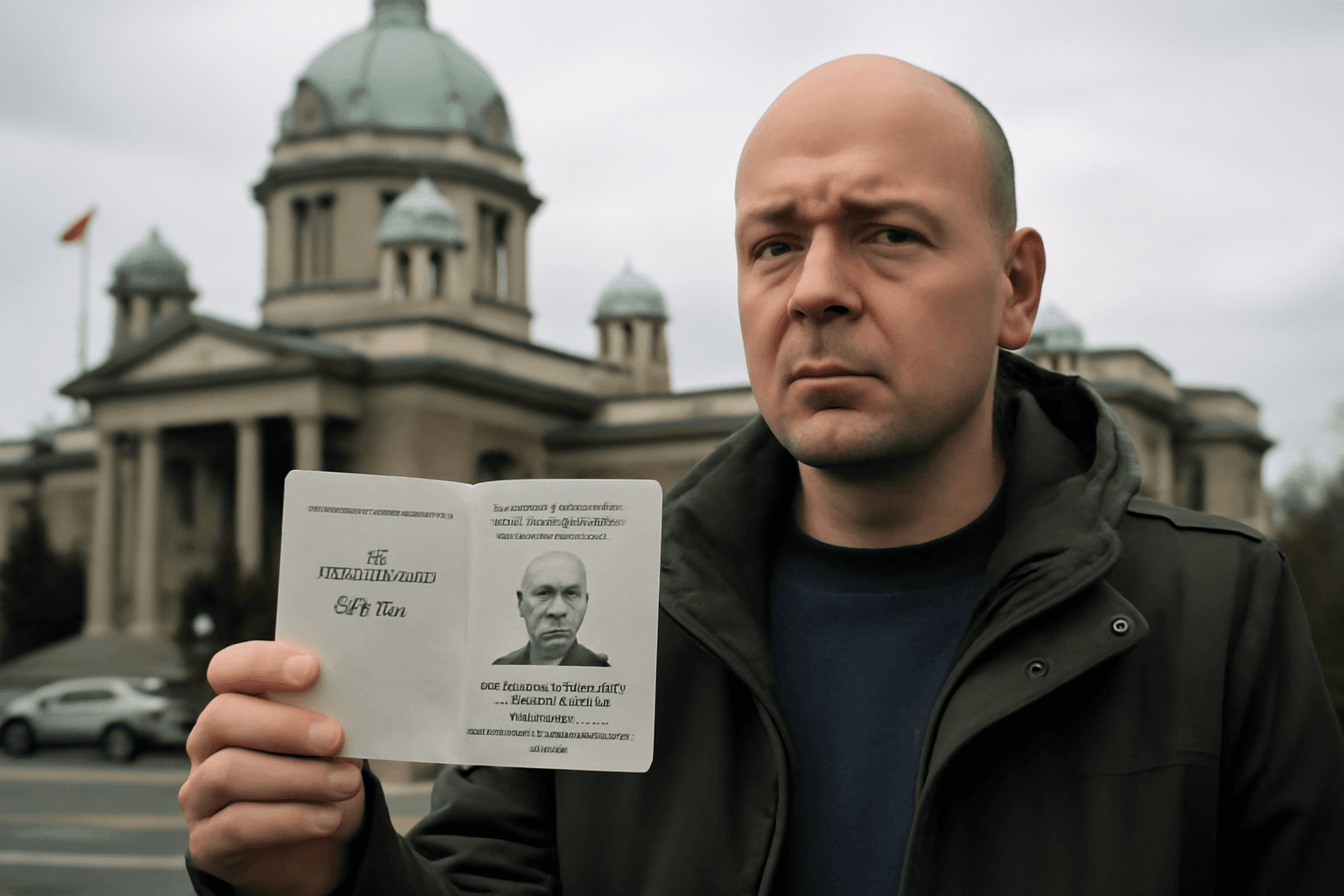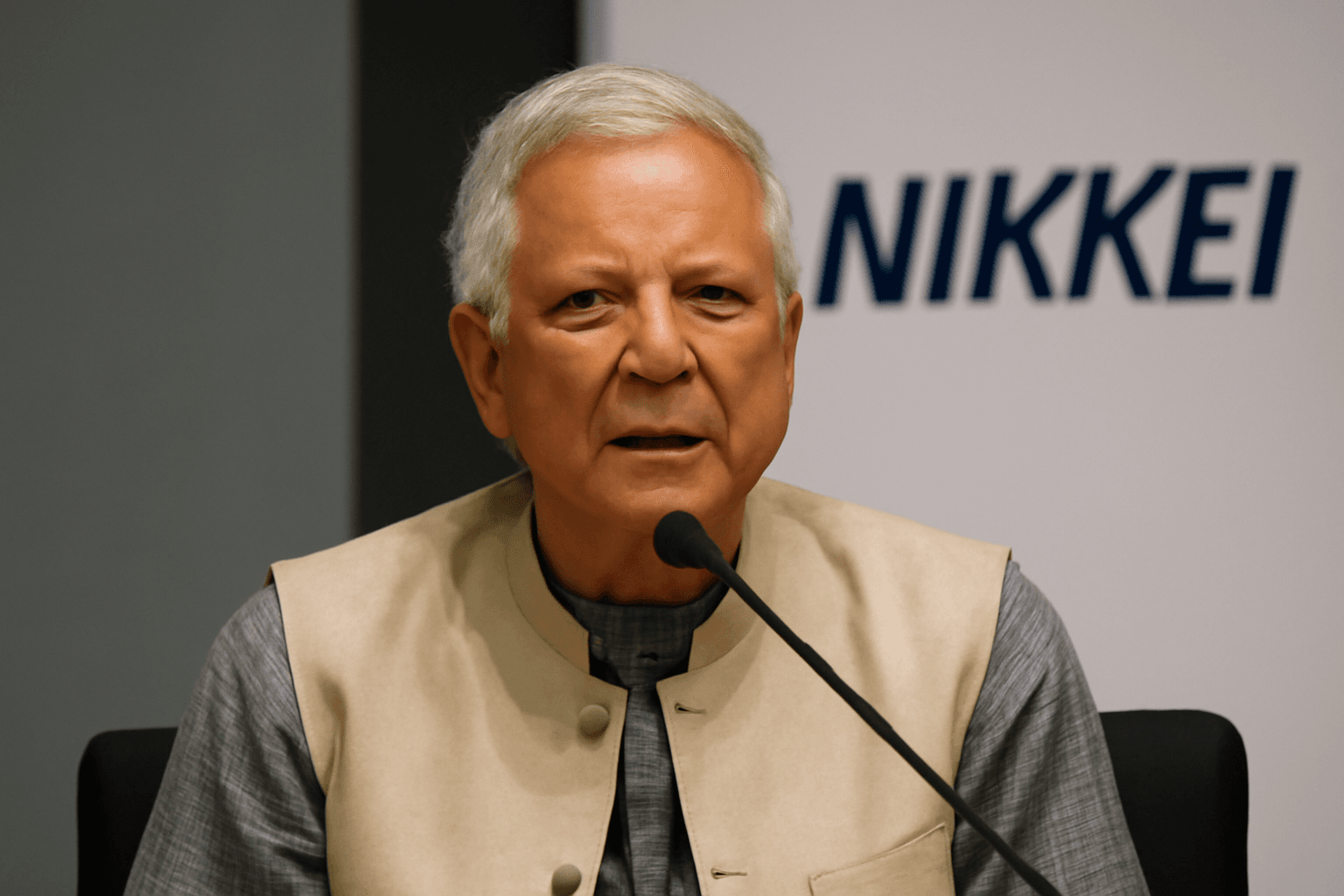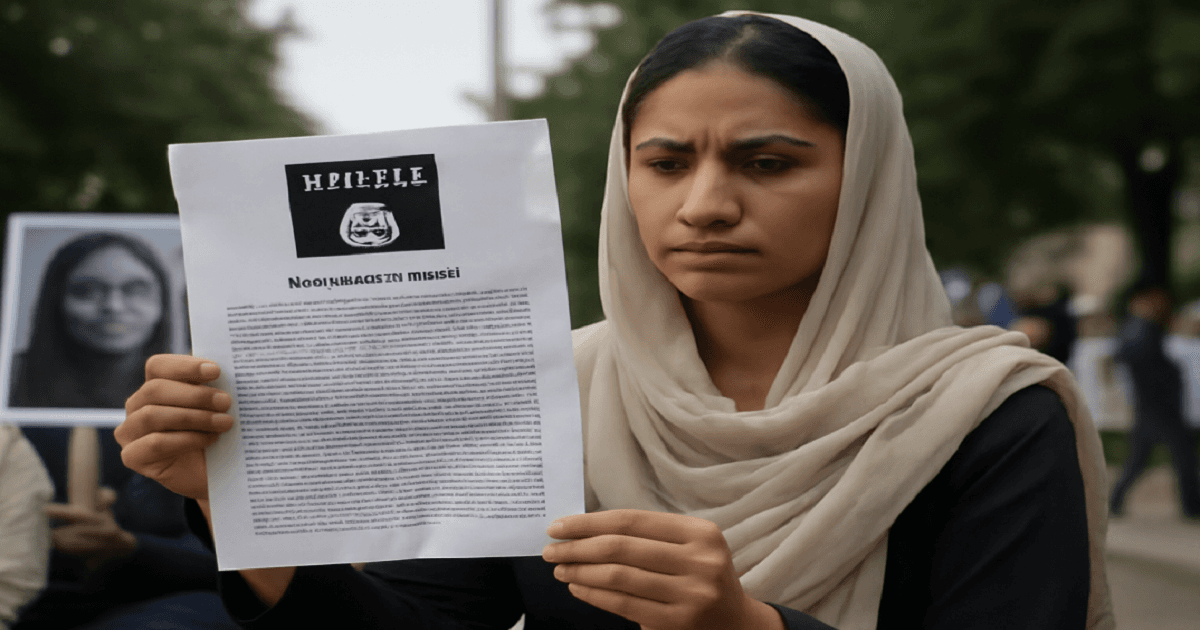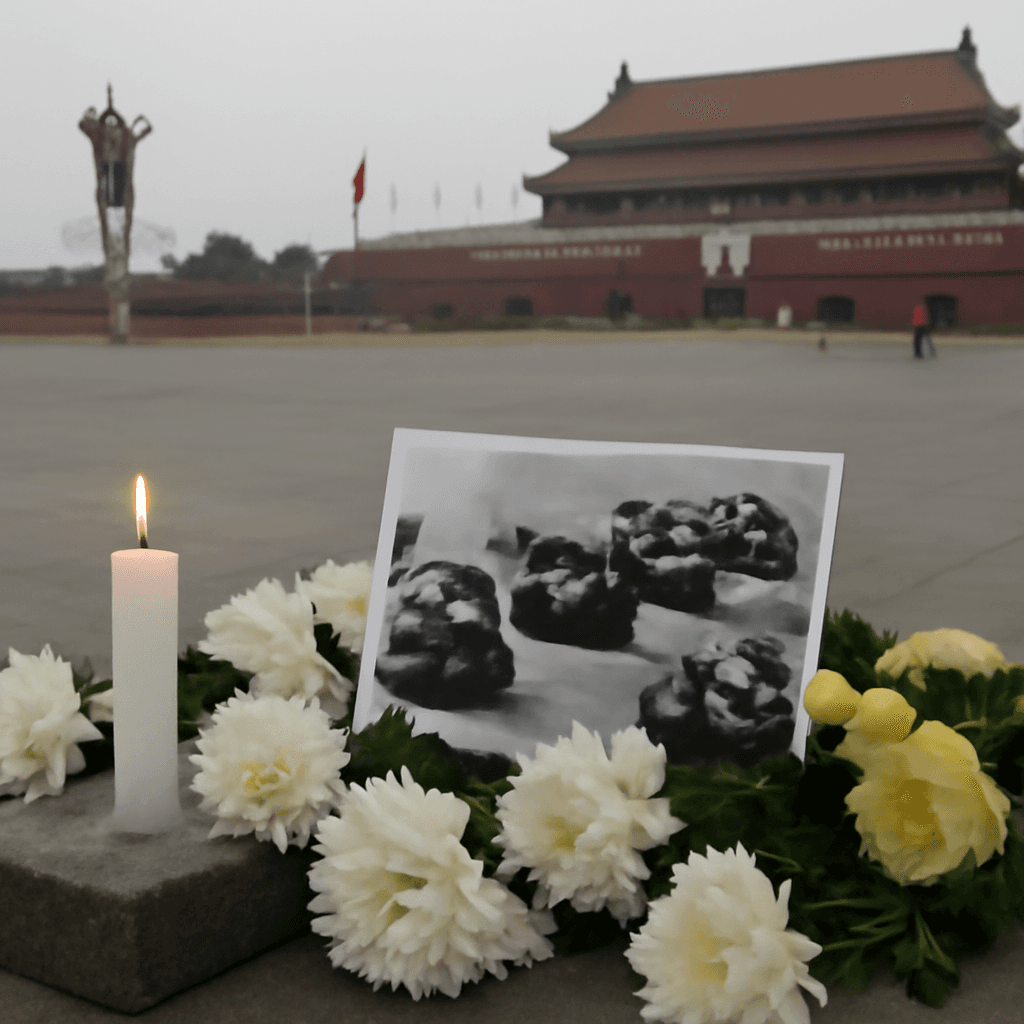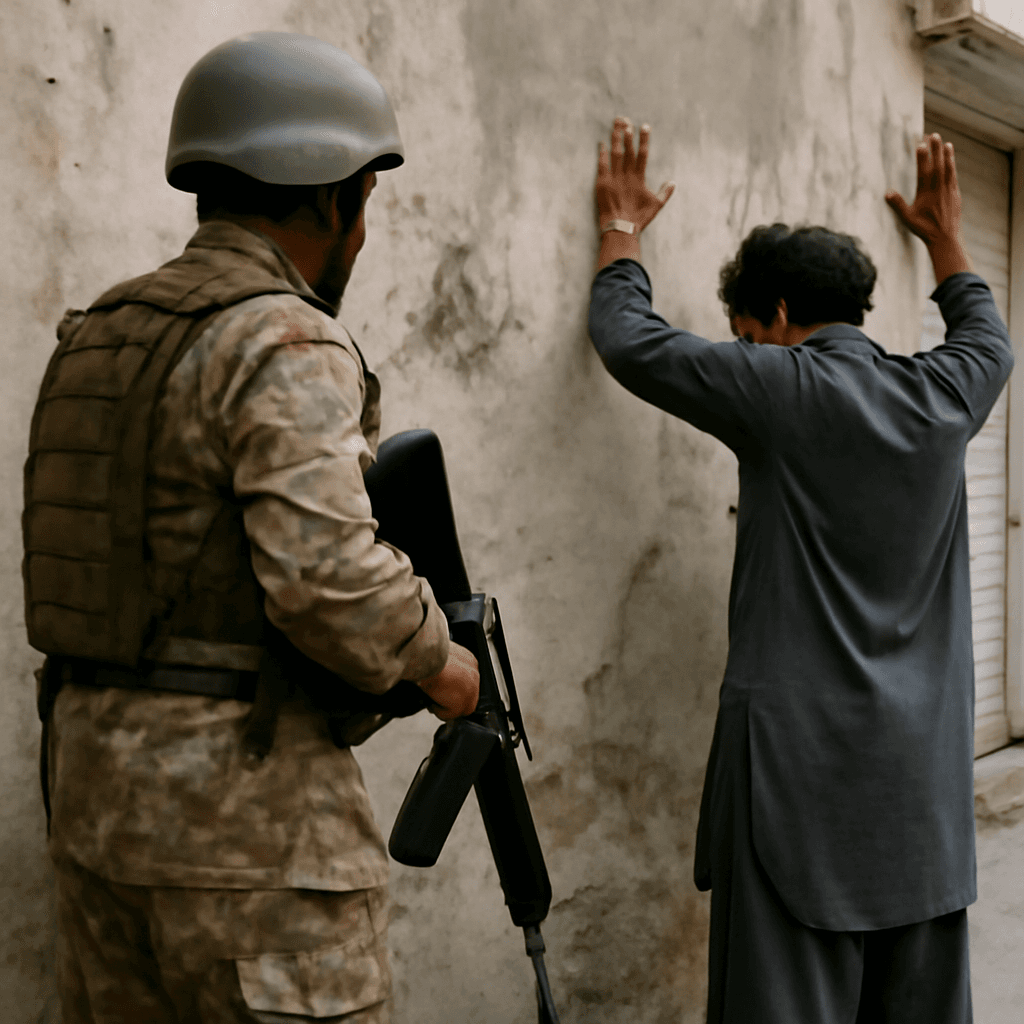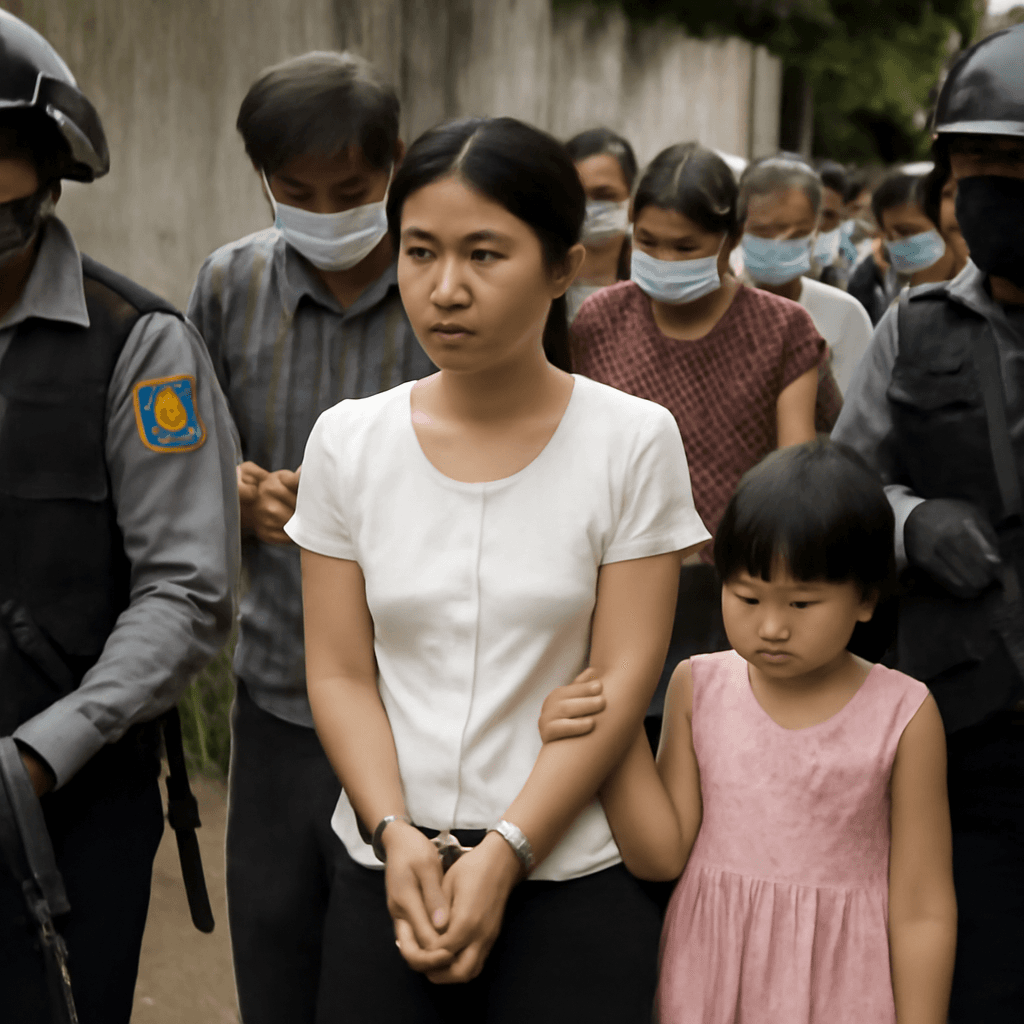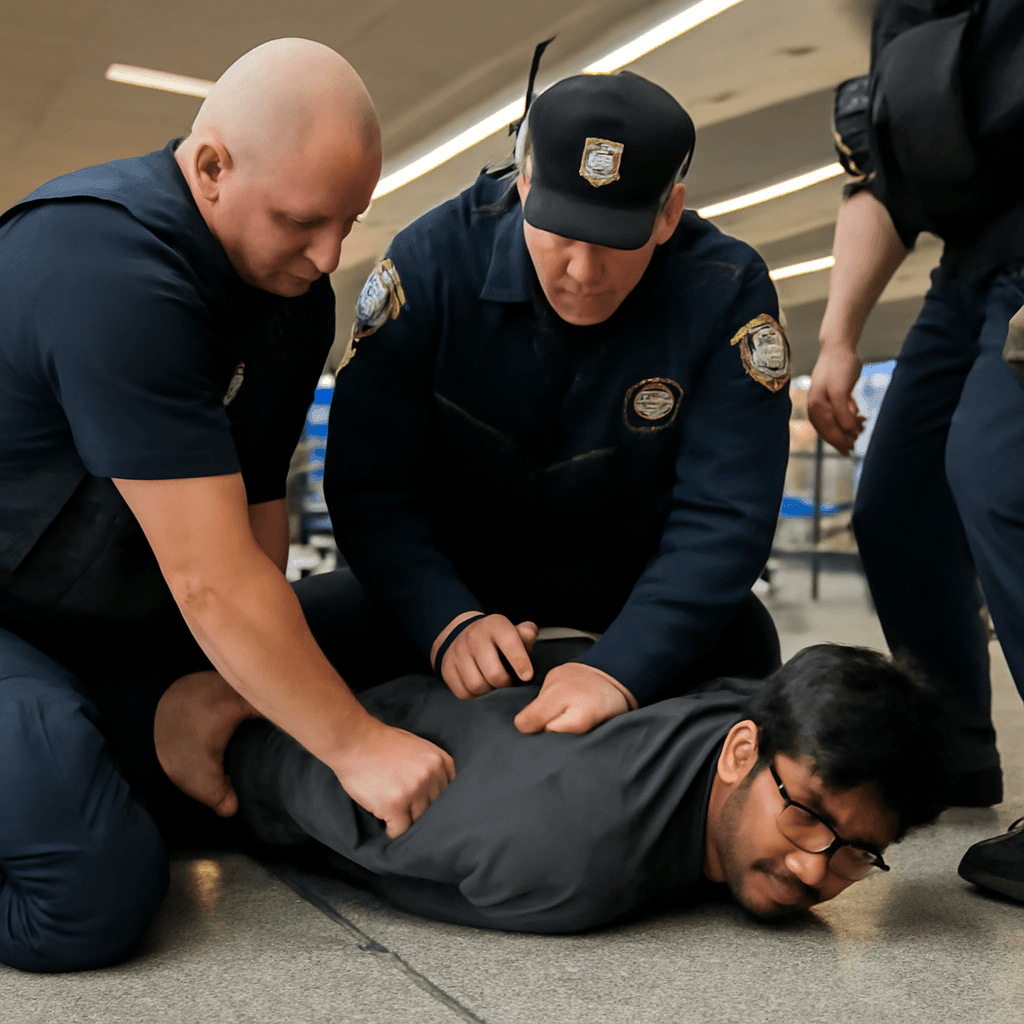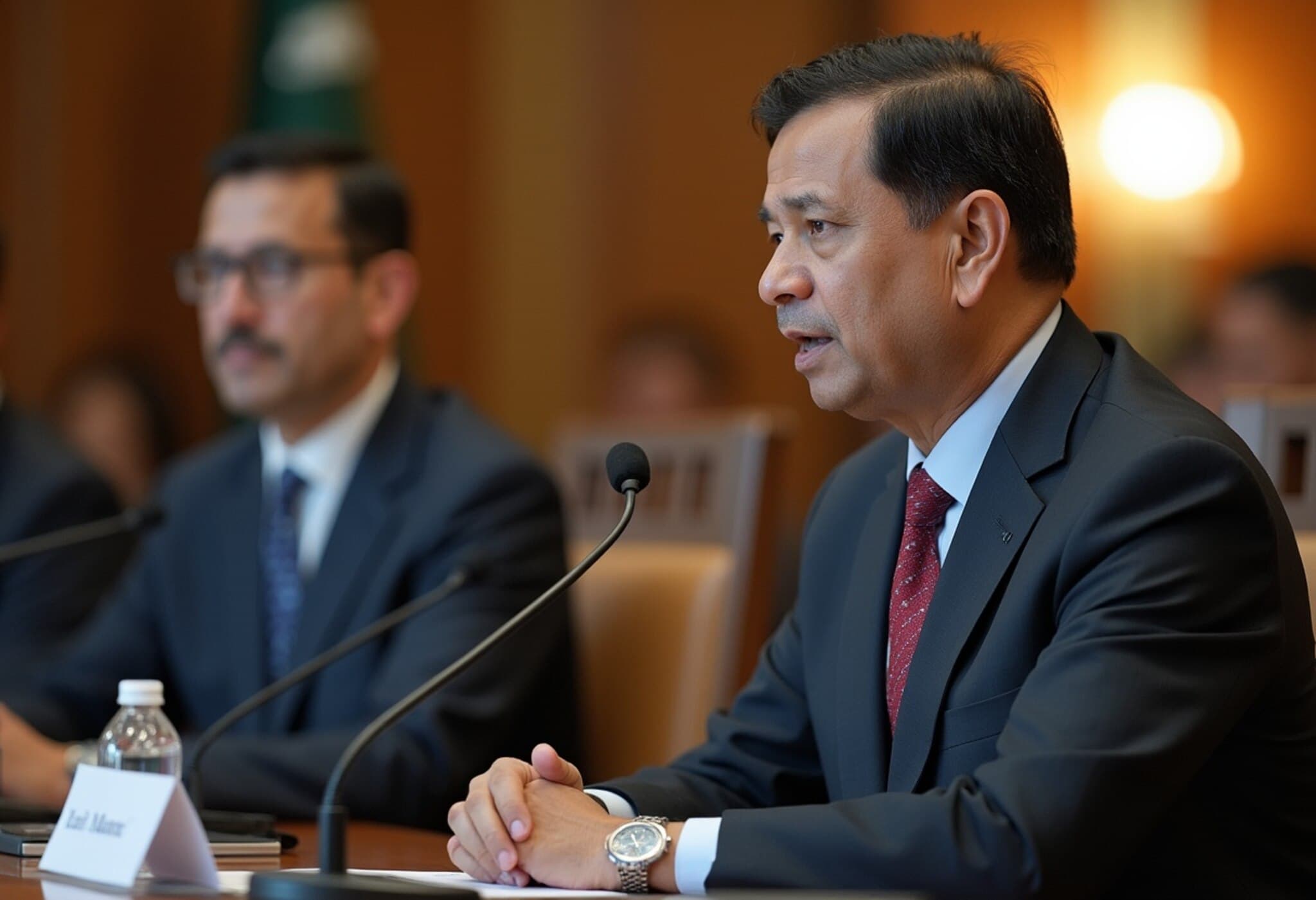From Orchard Discovery to National Reckoning: Ireland’s Hidden Tragedy
In the early 1970s, a seemingly innocent adventure by two boys in the small Irish town of Tuam spiraled into one of the country’s most harrowing historical revelations. While fleeing the orchard owner, the boys stumbled over a wall and uncovered what would remain Ireland’s darkest secret for decades — an unmarked mass grave beneath the grounds of a long-abandoned Catholic institution. This grim discovery, initially dismissed and overlooked, has only recently begun to surface into the national consciousness.
Unearthing the Nightmare Beneath the Surface
Underneath brambles and a concrete slab lay human remains — bones jumbled together in what was once a septic tank. The site belonged to the Bon Secours Mother and Baby Home, an institution that operated from 1925 to 1961. Intended to shelter unmarried mothers and their infants, it morphed into a tragic emblem of neglect and stigma. Nearly 800 infants and young children were found to have died under its roof, yet none had official burial records.
The discovery has stirred profound reflection on Ireland’s painful past: the harsh institutionalization of women deemed socially unacceptable, the role of the Catholic Church, and a society complicit in silence and shame.
A Relentless Pursuit of Truth by Catherine Corless
Had it not been for Catherine Corless, a local historian and homemaker without formal investigative credentials, the full extent of this tragedy might have remained concealed. Her curiosity transformed into a dogged campaign for truth when she uncovered the staggering death records of 796 children linked to the Tuam home, with no trace of where they were laid to rest.
Corless’s journey reveals more than numbers; it reflects human suffering behind bureaucratic neglect. Living conditions at the Home were grim — overcrowding, lack of basic amenities like running water, and cruelly high infant mortality rates, sometimes topping 40%. Mothers, shamed and forced into unpaid labor, were often separated forever from their children, while fathers faced little to no accountability.
A Daughter’s Search: The Personal Toll of a National Tragedy
While Corless pursued archival evidence, Anna Corrigan was confronting the tragedy in her own family history. Haunted by fragmented memories, she uncovered that her mother bore two sons who died at Tuam. The pain of realizing she had lost siblings she never knew sparked her activism and collaboration with Corless, illustrating how this tragedy resonates deeply on a personal level even today.
The Public Reckoning and Resistance
The story remained underreported until 2014, when journalist Alison O’Reilly’s front-page expose propelled the issue into the public eye. However, initial reactions from Church officials and some media outlets ranged from disbelief to outright denial. Statements tried to dismiss the evidence as confusing it with famine victims or downplaying the scale of the tragedy.
Still, the facts proved undeniable. In 2017, official excavations confirmed the presence of children’s remains, and public outrage mounted. Then-Prime Minister Enda Kenny condemned the abuses as a “chamber of horrors,” while Pope Francis publicly apologized in 2018 during a visit to Ireland for the Church’s role in systemic abuses linked to mother and baby homes.
Legal and Ethical Dimensions
This case raises critical questions about the responsibility of the Church and state in protecting vulnerable populations and addressing historical injustices. It underscores the challenges in identifying victims and providing dignity in death as well as life. Forensic experts face immense hurdles due to overlapping remains, scarce documentation, and the passage of decades.
The Path Forward: Excavation, Identification, and Healing
The painstaking exhumation process began in 2025 under the leadership of Daniel MacSweeney, a seasoned humanitarian investigator. The goal is not only to recover the remains but, crucially, to reconnect families scattered across Ireland, the UK, Canada, the US, and Australia through DNA analysis. Already, nearly 100 descendants have submitted samples, underscoring a widespread need for closure after decades of silence.
Amid this progress, some community members worry that disturbing the site—now a quiet garden dedicated to a Virgin Mary statue—might desecrate a place of rest. Yet, survivors and relatives argue that truth and justice demand clarity, respect, and public recognition.
A Lasting Legacy of Silence Broken
On the eve of the dig, survivors and families gathered one final time where children once played, surrounded by excavation equipment — a stark symbol of the gap between a peaceful exterior and the painful truths beneath.
Anna Corrigan’s words resonate deeply: “They were denied dignity in life, and they were denied dignity and respect in death. Maybe now their voices can finally be heard — because for too long, they have been crying out in silence.”
Editor’s Note
The Tuam mass grave case exposes a shadowed chapter not just in Ireland’s history but in the broader struggle for accountability where institutions fail the vulnerable. It invites reflection on how societies confront systemic abuse, the role of governments and religious authorities, and the enduring need for transparency and restorative justice. As the exhumations continue, these discoveries will challenge not only historians but policymakers and citizens worldwide to reckon with suppressed truths and the cost of silence.
Key takeaways:
- The Tuam site reveals decades of institutional neglect and abuse affecting vulnerable women and children.
- Exposure was largely due to grassroots historical investigation rather than official inquiry.
- Identifying remains and reconnecting families is a complex process requiring forensic expertise and sensitive handling.
- There remains a tension between preserving sanctity and demanding transparency and justice.
- The global diaspora connected to Ireland underscores the universal quest for truth and closure.
This story underscores the critical importance of courage, persistence, and empathy in uncovering histories that many wish to leave buried. As communities and nations face such truths, the path to healing begins not with forgetting but with bearing witness.

